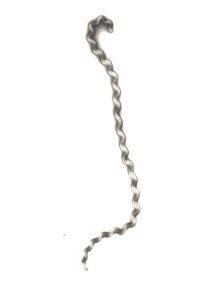Leptospira spp.
Due to the retirement of Brian Spratt it has been agreed to transfer the MLST databases hosted at mlst.net from Imperial College London to Oxford, where Keith Jolley and Martin Maiden have kindly agreed to host them at PubMLST.org.
This agreement will provide a home for the MLST database for the benefit of the international microbiology community.
David Aanensen and Brian Spratt
To access the database please visit: http://pubmlst.org/leptospira/
You can still use eBURST and we shall be updating shortly:


